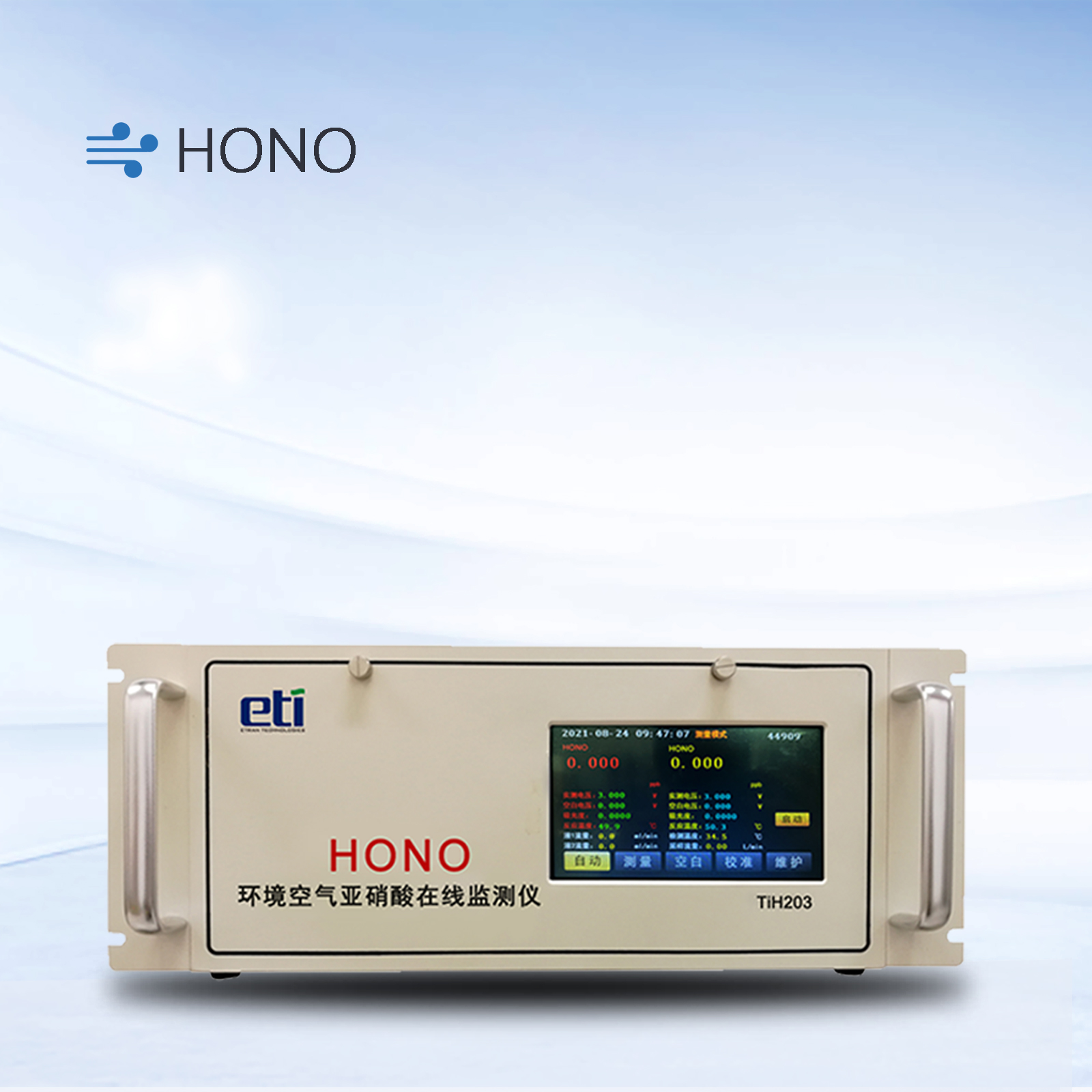environmental air online monitoring systems are automated monitoring technologies capable of real-time and continuous monitoring of various pollutant concentrations in the ambient air. integrating advanced sensor technology, data processing, and analysis techniques, these systems can monitor concentrations of key pollutants in the atmosphere, including particulate matter, sulfur dioxide, nitrogen oxides, ozone, and their related precursors and derivatives, providing accurate and timely data support for environmental management authorities.
key aspects of environmental air monitoring system application:
1. real-time monitoring and early warning:
the system enables real-time monitoring of pollutant concentrations in the atmosphere. it issues warning signals when pollutant concentrations exceed predetermined safety thresholds, prompting relevant authorities to take timely mitigation measures to protect public health.
2. pollution source tracking:
analysis of monitoring data allows tracking of pollutant sources and dispersion paths. provides scientific evidence for environmental management authorities to formulate targeted pollution control measures.
3. air quality assessment:
long-term monitoring data analysis assesses the air quality status and its trends in a given area. offers references for government decision-making to drive continuous improvement in air quality.
4. scientific research support:
the abundant real-time data from environmental air online monitoring systems support research institutions. facilitates studies on the causes and propagation patterns of air pollution, contributing to advancements in environmental protection science and technology.
5. public participation and education:
open access to real-time monitoring data enhances public awareness of environmental issues. raises public environmental awareness and engagement, fostering a societal atmosphere of collective concern and improvement of air quality.
 ambient air quality online analyzer
ambient air quality online analyzer air pollution source online analyzer
air pollution source online analyzer online potentiometric titrator
online potentiometric titrator online photometric colorimeter
online photometric colorimeter online atomic spectrometer
online atomic spectrometer automatic analysis workstation
automatic analysis workstation potentiometric titration analyzer
potentiometric titration analyzer electrochemical analyzer
electrochemical analyzer multi-parameter portable water quality analyzer
multi-parameter portable water quality analyzer portable / desktop turbidimeter
portable / desktop turbidimeter electronics & semiconductor
electronics & semiconductor surface treatment
surface treatment metal mineral mining
metal mineral mining petroleum products
petroleum products environmental water quality
environmental water quality industrial effluent control
industrial effluent control ambient air quality
ambient air quality air pollution source
air pollution source municipal wastewater
municipal wastewater municipal water supply
municipal water supply








 姓名
姓名 地区
地区 联系电话
联系电话 电子邮箱
电子邮箱 工作单位
工作单位 留言内容
留言内容
